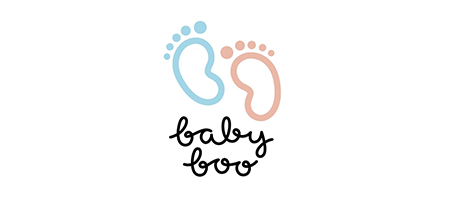Characteristics of Babies Born Premature
While the average full-term baby weighs about 7 pounds (3.17 kg) at birth, a premature newborn might weigh 5 pounds (2.26 kg) or even considerably less. But thanks to medical advances, children born after twenty-eight weeks of pregnancy, and weighing more than 2 pounds 3 ounces (1 kg), have almost a full chance of survival; eight out of ten of those born after the thirtieth week have minimal long-term health or developmental problems, while those preterm babies born before twenty-eight weeks have more complications, and require intensive treatment and support in a neonatal intensive care unit (NICU).
How Your Premature Baby Looks
The earlier your baby arrives, the smaller she will be, the larger her head will seem in relation to the rest of her body, and the less fat she will have.
With so little fat, her skin will seem thinner and more transparent, allowing you actually to see the blood vessels beneath it. She also may have fine hair, called lanugo, on her back and shoulders.
Her features will appear sharper and less rounded than they would at term, and she probably won’t have any of the white, cheesy vernix protecting her at birth, because it isn’t produced until late in pregnancy. Don’t worry, however; in time she’ll begin to look like a typical newborn.
Because she has no protective fat, your premature baby will get cold in normal room temperatures. For that reason, she’ll be placed immediately after birth in an incubator (often called an isolette) or under a special heating device called a radiant warmer. Here the temperature can be adjusted to keep her warm.
After a quick examination in the delivery room, she’ll probably be moved to the NICU.











